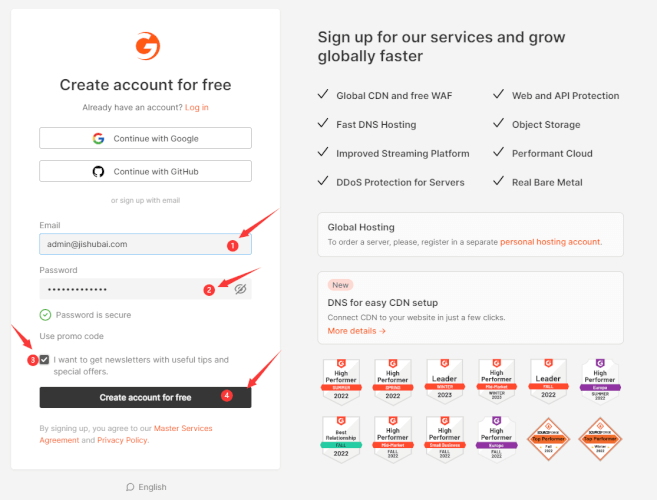Exploring the Future of Remote Work
페이지 정보

본문
With the rapid advancement of technology and the growing need for freedom, hybrid work models have become increasingly popular among employees and employers alike. In this article, we will delve into the pros and cons of hybrid work models, and explore the benefits and challenges associated with this emerging trend.
On the positive side, hybrid work models offer numerous advantages for staff and business owners. For workers, one of the primary benefits of hybrid work is the flexibility it provides. With the ability to work remotely and come into the office as needed, workers can create a better work-life balance, reduce their exercise time, and enjoy greater flexibility in their schedules. This flexibility can lead to increased job satisfaction, reduced turnover rates, and improved overall well-being.
From an business owner's perspective, hybrid work models can also offer significant benefits. By allowing staff to work from home, employers can reduce overhead costs such as rent, and increase productivity by minimizing distractions and interruptions. Hybrid work models also provide business owners with access to a wider pool of employees, as they are no longer limited by geographic location. This can lead to better talent acquisition, https://diyarmirza.ir/1404/03/%db%b6-%d8%aa%d8%b1%d9%81%d9%86%d8%af-%da%a9%d9%84%db%8c%d8%af%db%8c-%d8%b3%d8%b1%d9%81%db%8c%d8%b3-%d9%be%d8%b1%d9%88-%db%b1%db%b1-%d9%85%db%8c%d8%a7%d9%86%d8%a8%d8%b1%d9%87%d8%a7%db%8c-%d9%88%db%8c/ improved knowledge retention, and enhanced job satisfaction.
However, there are also several challenges associated with hybrid work models. One of the primary concerns is the potential lack of interaction between team members. When workers are working remotely, it can be difficult to maintain open lines of dialogue and ensure that everyone is on the same page. This can lead to delays in project timelines.
Another challenge associated with hybrid work models is the potential for employees to feel disconnected from their organization. When workers are not physically present in the office, they may feel left out of important meetings. This can lead to feelings of disconnection, which can negatively impact work output and overall happiness.

To mitigate these challenges, many organizations have implemented various solutions, such as regular virtual check-ins, video conferencing tools, and virtual social gatherings. These tools can help to facilitate collaboration between team members, and provide employees with a sense of community, even when they are working remotely.
In addition, some organizations have implemented a variety of hybrid work models to meet the diverse needs of their employees and employers. For example, some organizations have implemented a results-oriented work environment, where staff can choose to work from home or in the office, depending on their individual needs and goals.
In conclusion, hybrid work models offer numerous benefits and challenges for workers and employers. While they provide increased productivity, they can also lead to disconnection. To mitigate these challenges, organizations must implement various tactics and hybrid work models that meet the diverse needs and preferences of their staff and employers.
Ultimately, the key to successful hybrid work models is communication. By providing staff with the flexibility to work from home or in the office, and by implementing various tools and strategies to facilitate interaction, organizations can reap the benefits of hybrid work while minimizing its challenges.
- 이전글ασφαλείας Αμερικανοί ΟΗΕ Πανελλήνιος Γραπτός Διαγωνισμός ΑΣΕΠ 2023 «Συμμαχική» βοήθεια για την καταστροφή των χημικών της Συρίας, ζητούν οι 25.07.14
- 다음글The only Most Essential Thing You need to Find out about Kkpoker Jackpot 25.07.14
댓글목록
등록된 댓글이 없습니다.


